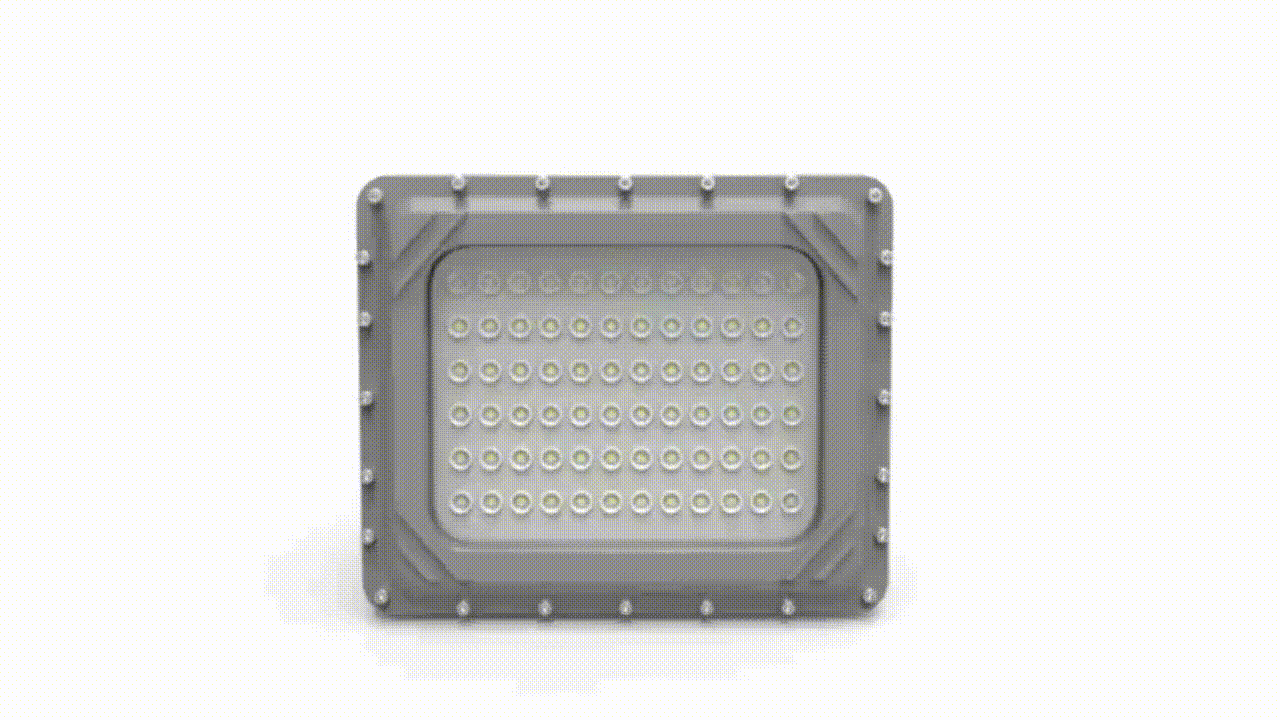L10
LUMENEX FEL-B Hazardous Location LED Luminaire Flood Light
LUMENEX FEL-B Hazardous Location LED Luminaire Flood Light
SKU SKU:NJZFELB10050K60
Couldn't load pickup availability
Share
Technical Details:
Product description:
The Defender FEL-B Series LED Luminaire is designed for installations where moisture, dirt, dust, corrosion and vibration may be present, or areas where wind, water, snow or high ambient can be expected.
They can be used in locations made hazardous by the presence of flammable vapors or gases or combustible dusts as defined by ATEX.
FEL-B Series is ideal for retrofit of existing HPS/MH and offers higher efficacy for increased energy savings, lower maintenance costs and shorter paybacks.
Features:
Instant illumination and restrike no warm-up time required Wide power range from 20W to 150W
High luminous efficacy-Up to 130 Lm/W
Universal Voltage: AC100-270V (50/60Hz)
Optional lighting distribution 25°, 60°, 110°
Anti-corrosion aluminum housing tested 1000hrs to standard ASTM”B117-11” (Marine reinforced ver. available upon request)
All exposed fasteners with quality stainless steel 316
Robust design rated with IP66 / IK08 / 5G






Hazardous area zones and equipment categories
Hazardous places are classified in terms of zones on the basis of the frequency and duration of the occurrence of an explosive atmosphere.
Gases, vapours and mists
For gases, vapours and mists the zone classifications are:
Zone 0 A place in which an explosive atmosphere consisting of a mixture with air of dangerous substances in the form of gas, vapour or mist is present continuously or for long periods or frequently.
Zone 1 A place in which an explosive atmosphere consisting of a mixture with air of dangerous substances in the form of gas, vapour or mist is likely to occur in normal operation occasionally.
Zone 2 A place in which an explosive atmosphere consisting of a mixture with air of dangerous substances in the form of gas, vapour or mist is not likely to occur in normal operation but, if it does occur, will persist for a short period only.
Dusts
For dusts the zone classifications are:
Zone 20 A place in which an explosive atmosphere in the form of a cloud of combustible dust in air is present continuously, or for long periods or frequently. Zone 21 A place in which an explosive atmosphere in the form of a cloud of combustible dust in air is likely to occur in normal operation occasionally.
Zone 22 A place in which an explosive atmosphere in the form of a cloud of combustible dust in air is not likely to occur in normal operation but, if it does occur, will persist for a short period only.
Notes:
1. Layers, deposits and heaps of combustible dust must be considered as any other source which can form an explosive atmosphere.
2. "Normal operation" means the situation when installations are used within their design parameters.


